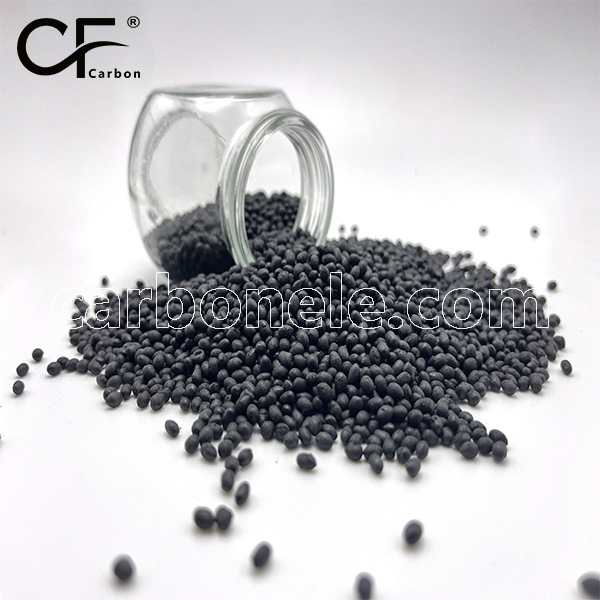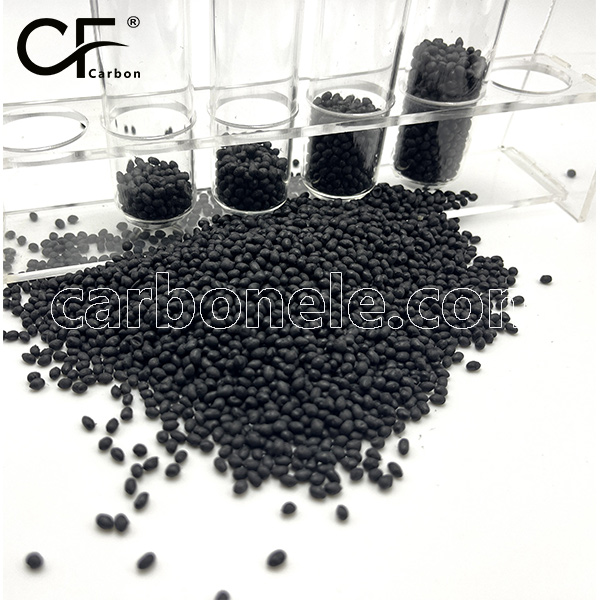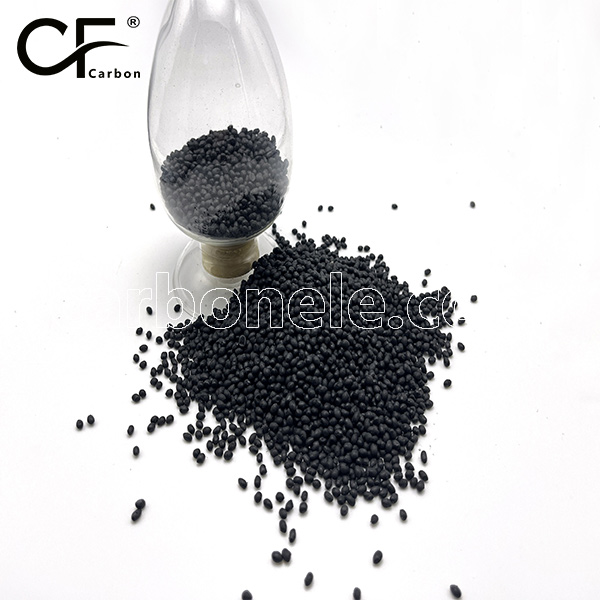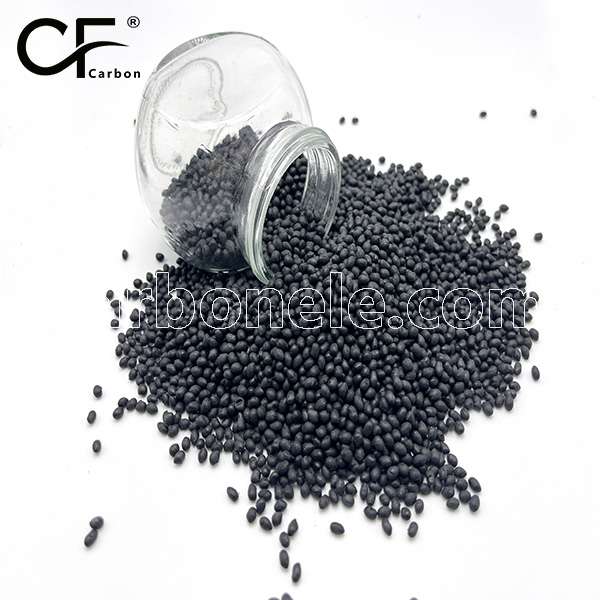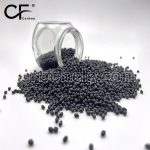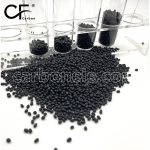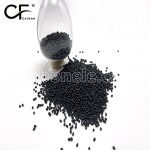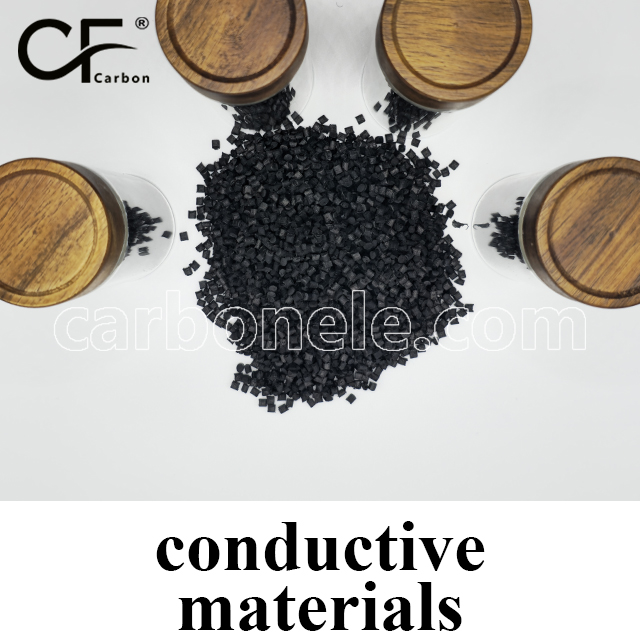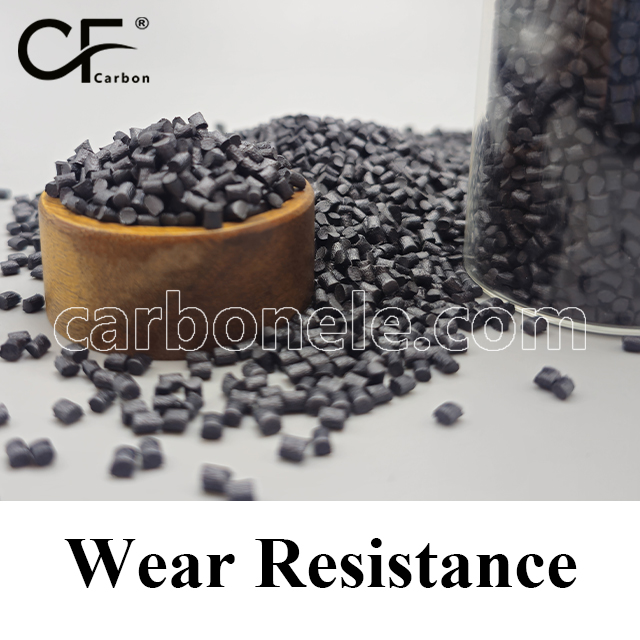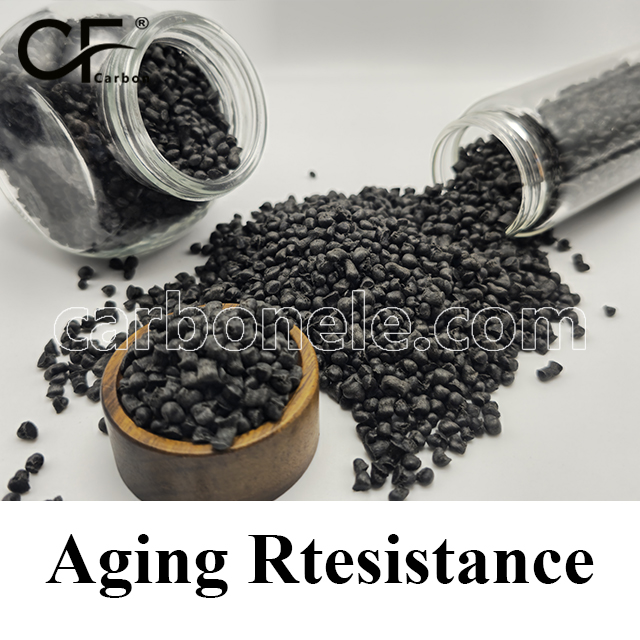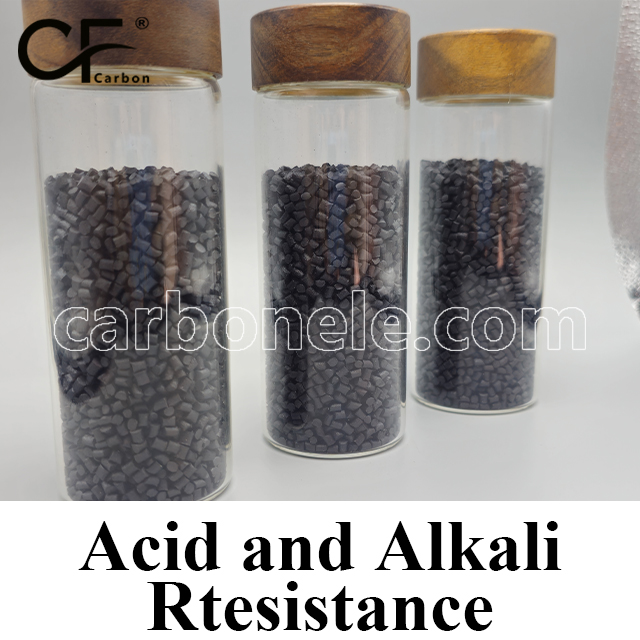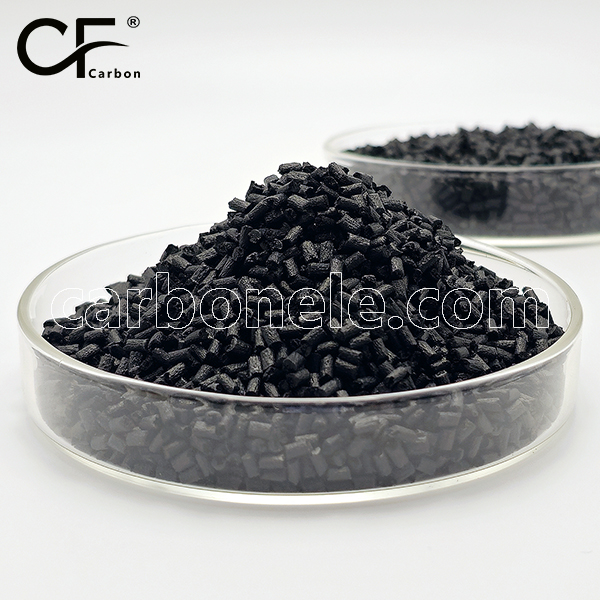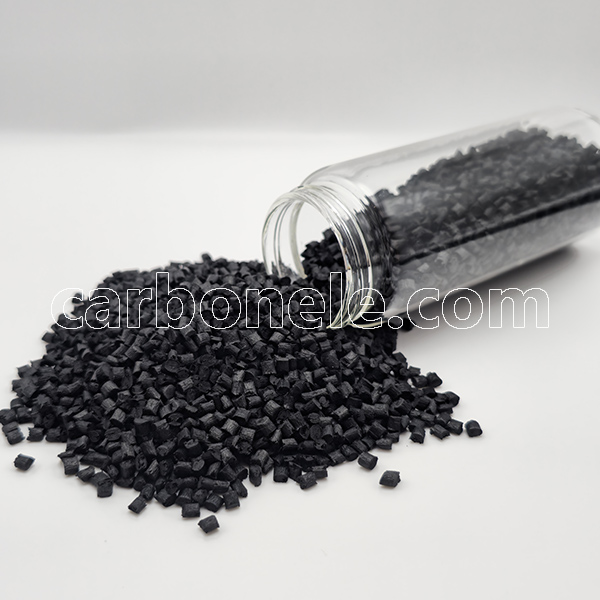
PA12 CF20 Reinforced Polymer for Durable Functional Components
PA12 CF20 is an engineering-grade thermoplastic reinforced with 20% carbon fiber, delivering an optimal balance of strength, stiffness and lightweight properties. This advanced material maintains excellent dimensional stability while offering improved mechanical performance over standard PA12. With a continuous service temperature up to 120°C and good chemical resistance, PA12 CF20 is ideal for structural components, moving parts and precision applications across automotive, industrial and consumer industries where weight reduction and durability are key requirements.
- Model Number: PA12-CF-BCA2
- Matrix Resin: Polyamide 12 (PA12)
- Reinforcing Filler: Granules
- Grade: Injection/Extrusion Grade
- Packaging: 25kg/bag
PA12 CF20 | 20% Carbon Fiber Reinforced Polyamide 12
Introduction
PA12 CF20 is a high-performance thermoplastic composite reinforced with 20% carbon fiber. This semi-crystalline material delivers an optimal balance of strength, stiffness and lightweight characteristics.
Core Performance Highlights
1.Mechanical Properties
*Carbon Fiber Content: 20% (short to medium chopped fibers)
*Tensile Strength: ≥ 150 MPa
*Flexural Modulus: ~8–10 GPa
*Elongation at Break: ~2–3%
*Notched Izod Impact: ~40–50 J/m
2.Thermal Resistance
*Heat Deflection Temperature (HDT): ≥ 150°C
*Continuous Use Temperature: Up to 120°C
3.Environmental & Chemical Durability
*Moisture Absorption: ~0.5–1.0% (lower than unfilled PA12)
*Chemical Resistance: Good resistance to oils, fuels, and mild chemicals
4.Processing & Manufacturing
*Molding Methods: Injection molding (standard or high-pressure)
*Surface Finish: Smooth to slightly textured, with minimal fiber visibility
Tooling Requirements: Standard steel molds with moderate wear resistance
Target Applications
1.Automotive & Mobility
*Lightweight brackets, housings, and sensor mounts
2.Industrial & Mechanical Equipment
*Gears, bushings, and bearing components
3.Consumer Electronics & Electrical Systems
*Enclosures, connectors, and structural supports
What is PA12 CF 20?
PA12 CF is a high-performance composite material composed of a polyamide 12 (PA12) matrix reinforced with carbon fibers, delivering an optimal balance of lightweight properties and mechanical strength.



Frequently Asked Questions
Carbon (Xiamen) New Material Co., Ltd. aims to provide buyers with "one-stop" worry-free high-quality services. Here you can find all information about carbon fiber engineering plastics. If you still have questions, please send us an email for consultation!
-
How can I contact the manufacturer of a product that interests me?
When you find a product you are interested in, you can contact the manufacturer directly by sending an email and we will get back to you as soon as possible.
-
How do I find the products that interest me?
All you need to do is enter the keyword, product name in the search window and press the Enter key on your keyboard. Your search results page will then be displayed. You can also search within the product category pages on the home page. Each category is divided into subcategories, allowing you to refine your search and find products that interest you.
-
Where will I find a buying guide?
Please contact our after-sales service directly and we will provide you with a comprehensive operating guide.
-
What are CF Reinforced Thermoplastic Composites?
CF Reinforced Thermoplastic Composites are materials where carbon fibers are incorporated into a thermoplastic matrix. They combine the strength and stiffness of carbon fibers with the processability and recyclability of thermoplastics. For instance, they are used in automotive parts like bumper beams.
-
What are the benefits of CF Reinforced Thermoplastic Composites over traditional composites?
The key benefits include faster production cycles, easier recyclability, and better impact resistance. They also offer design flexibility. An example is in the manufacturing of consumer electronics casings where complex shapes can be achieved more easily.
-
How are CF Reinforced Thermoplastic Composites processed?
Common processing methods include injection molding, extrusion, and compression molding. Injection molding is widely used for mass production. For example, in the production of small components for the medical industry.
-
What industries use CF Reinforced Thermoplastic Composites?
They are utilized in aerospace, automotive, medical, and sports equipment industries. In aerospace, they can be found in interior components. In the medical field, they might be used in prosthetics.
-
How does the carbon fiber content affect the properties of the composites?
Higher carbon fiber content generally leads to increased strength and stiffness but may reduce ductility. A moderate content is often balanced for specific applications. For example, a higher content might be preferred in structural parts of a race car.
-
What are the challenges in using CF Reinforced Thermoplastic Composites?
Challenges include higher material costs, complex processing equipment requirements, and ensuring uniform fiber dispersion. Issues with adhesion between the fibers and the matrix can also arise. An example is in achieving consistent quality in large-scale production.







